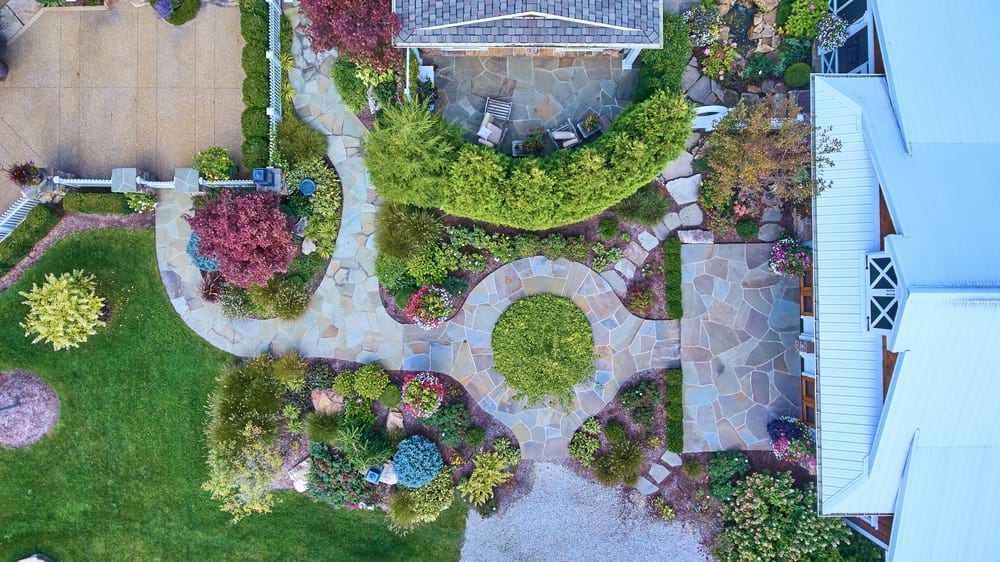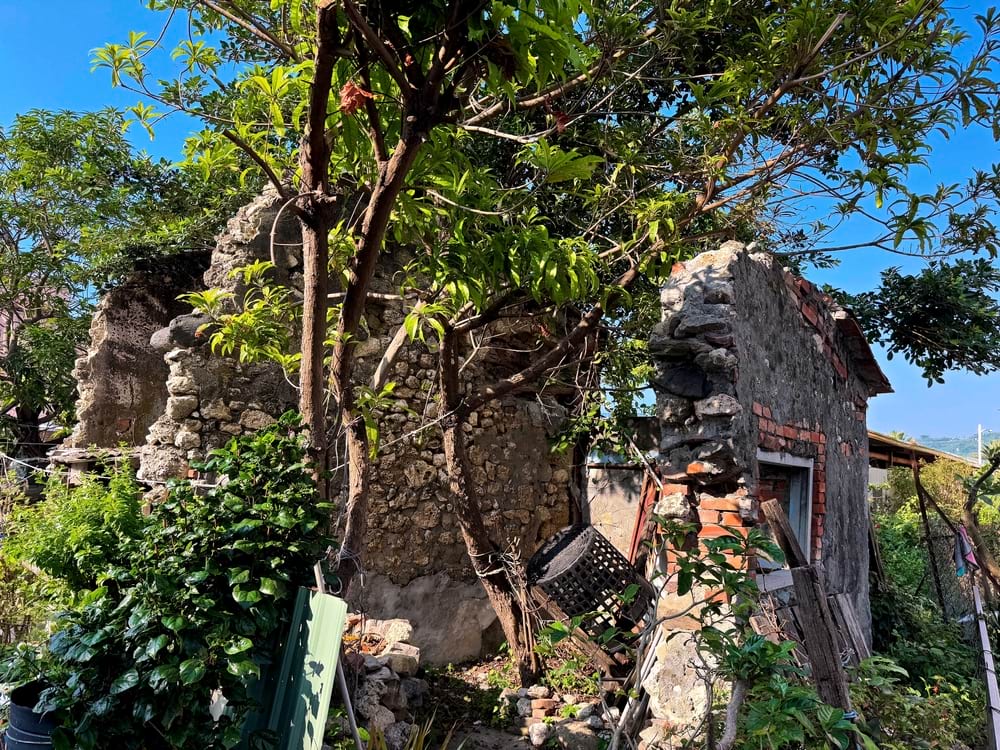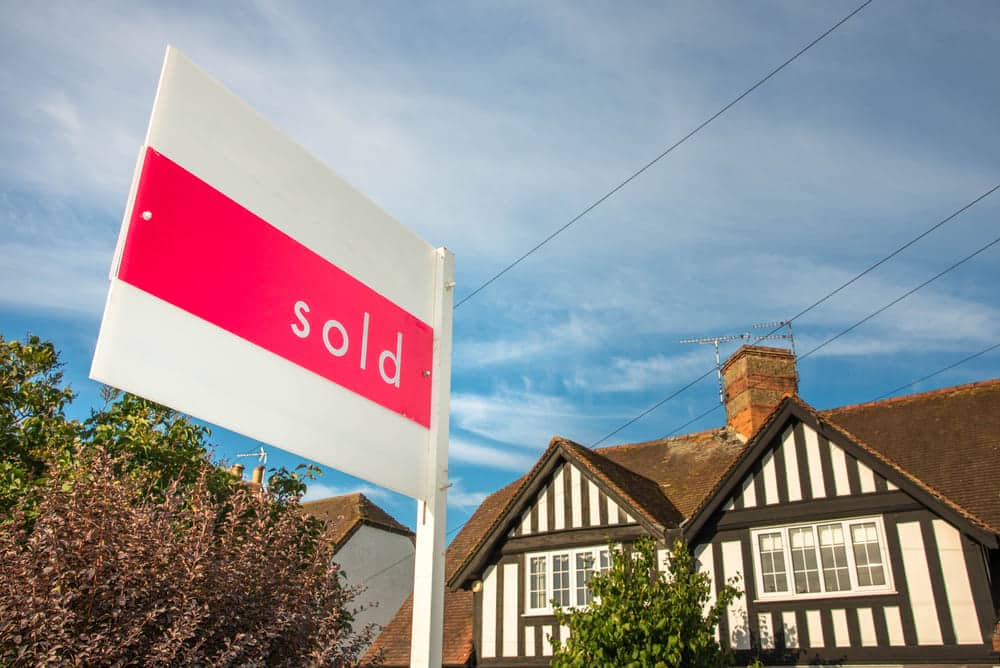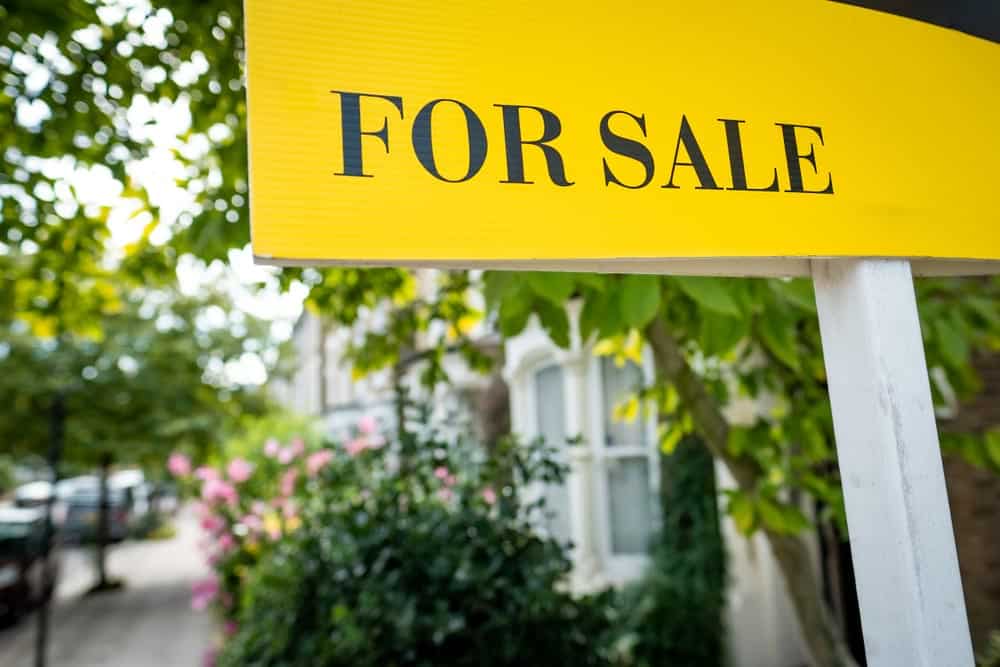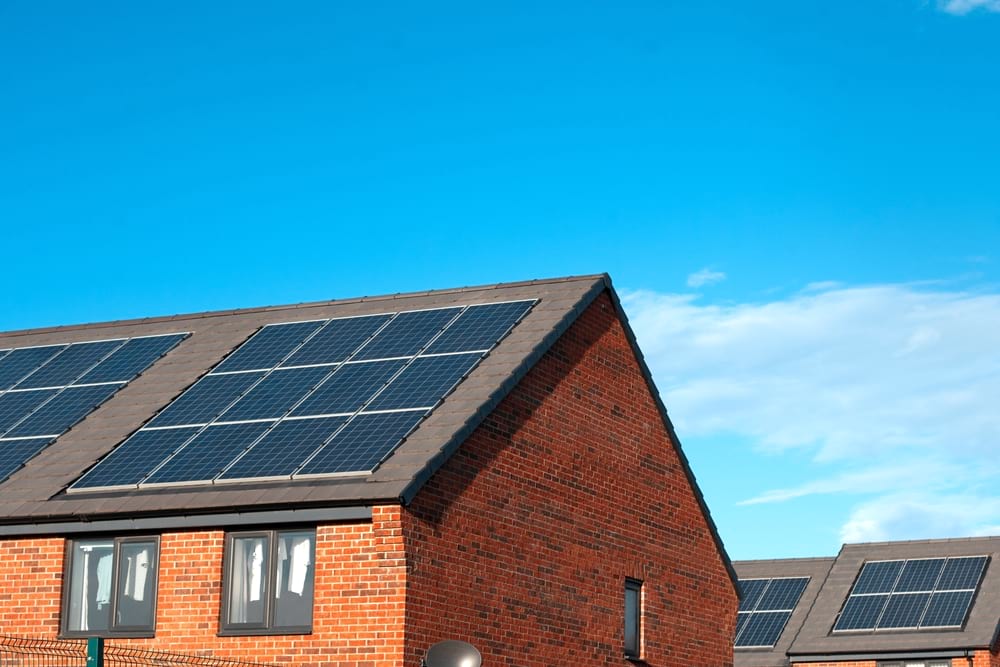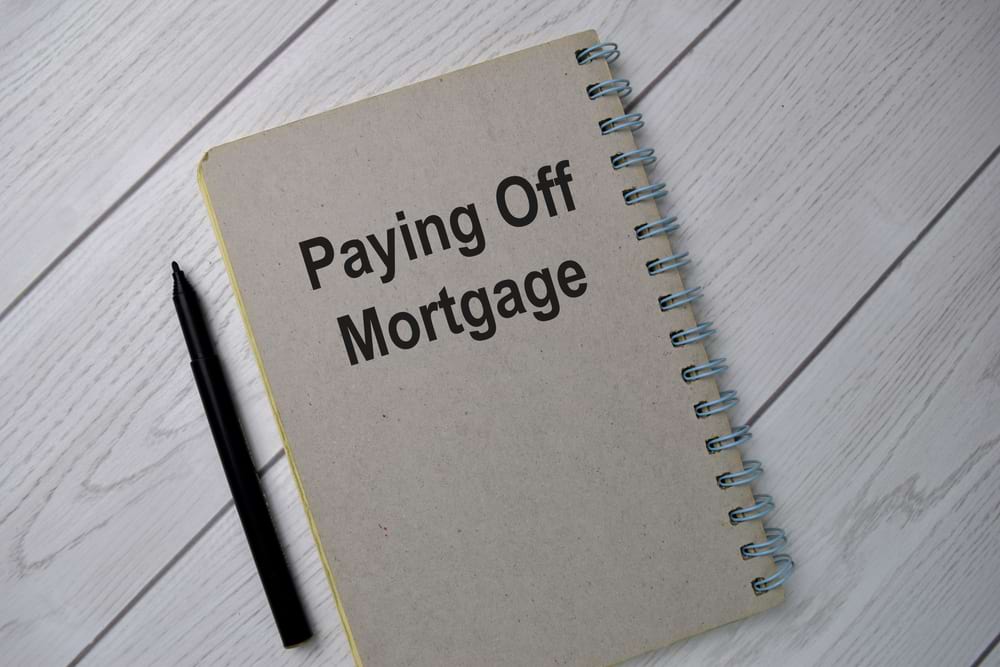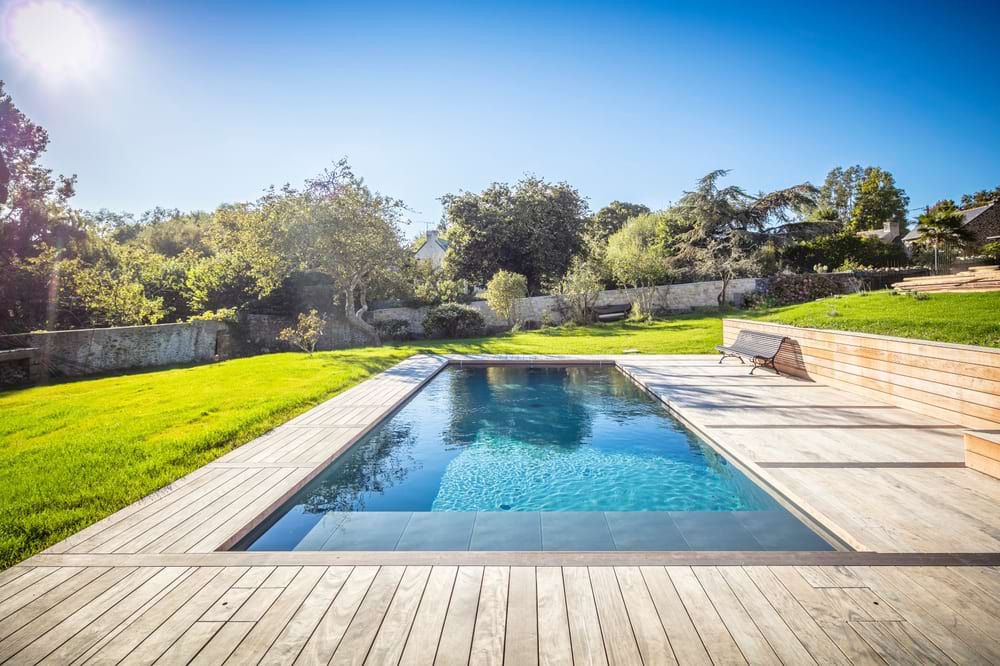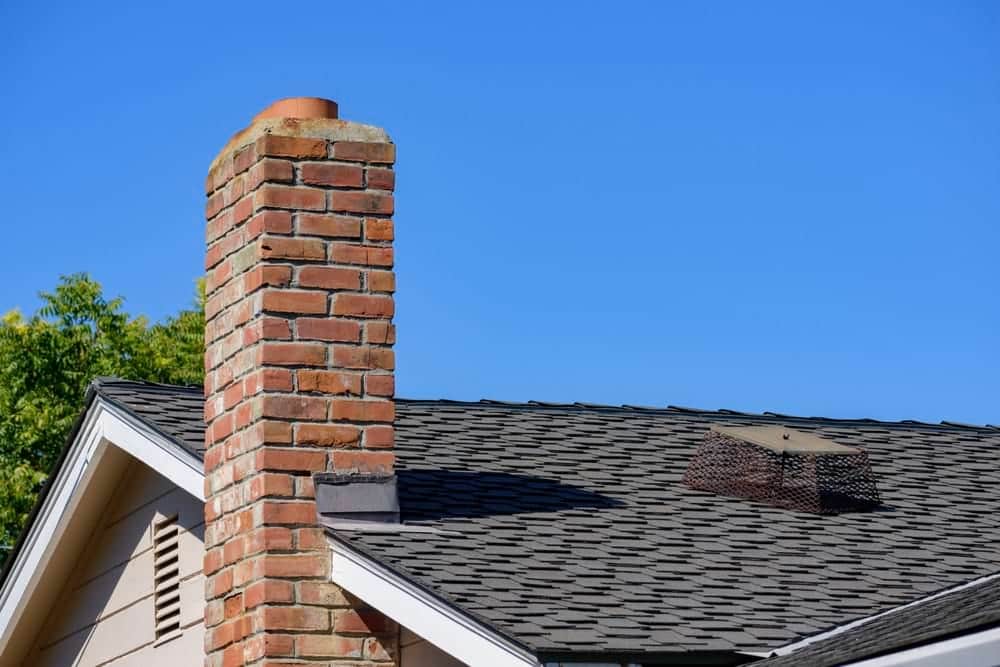There are many ways to increase the value of your house.
Adding an outbuilding is one of these.
Read on to learn what outbuildings are and how much value they add to houses.
What is an outbuilding?
An outbuilding is a building on the same land as – but detached from – a residential home.
It belongs to the same homeowner and is usually for their purposes. And it’s included with the sale of the main property.
Outbuildings are generally used for various tasks, including leisure, storage, and temporary accommodation (i.e., for guests to sleep in).
Planning permission & outhouses
Medium and large outbuildings generally require planning permission to be built. Small outbuildings, such as sheds and greenhouses, can usually be installed without this.
Are annexes outbuildings?
Annexes (sometimes called granny flats) are living quarters built as separate buildings on property’s surrounding land.
They are often used as full-time residences. So, by this measure, they are different from most outbuildings.
However, this is a grey area. Over time, annexes’ usage may change.
Different types of outbuildings
1. Sheds
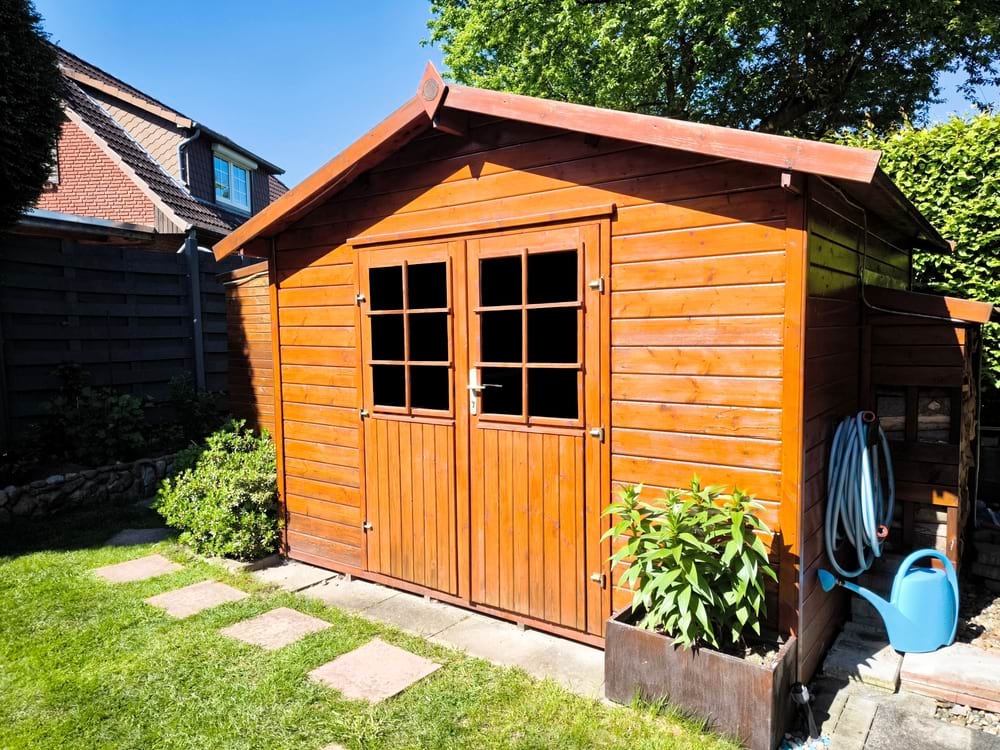
Sheds aren’t always described as outbuildings. It depends partly on their size and building materials.
For example, a large shed made from brick and mortar is usually considered an outbuilding.
But smaller sheds made of less permanent materials (wood, tin, etc.) are usually not.
Cost to build sheds
Small (6x4m), pre-made sheds typically cost between £200 – £700. Their price increases along with size and material.
Larger brick and mortar sheds cost several thousand (both in material and labour costs).
2. Barns, sties and stables

Barns were (and still are) common outbuildings on farms used for storage in the UK for a long time.
The word ‘barn’ comes from the Old English word ‘bere‘, which means barley. But many were used for storing other things, including other crops, equipment, livestock, etc.
Stables and sties are similar, except they are used specifically for horses and pigs, respectively.
Industrial farming led to many smaller farms and their accompanying outbuildings being converted to residential use.
This means that barns, stables, and sties were often converted to more general storage outbuildings.
In some cases, especially with barns, they were converted into new standalone properties.
Cost to build barns
To build a barn, prices start at around £30,000 and go up to £100,000.
Barns, stiles and stables are rarely built on residential property. It’s more common for them to be converted into annexes or standalone properties.
In both cases, costs vary according to the size and condition of the existing building.
3. Garages

Garages aren’t always connected to your main home. If it’s detached, it can be described as an outbuilding.
You typically store your car here. If so, there will be a driveway leading up to it. Today, many garages are used for the storage of more general objects.
Costs of garages
Garages cost around £20,000 to build on average.
4. Summer houses
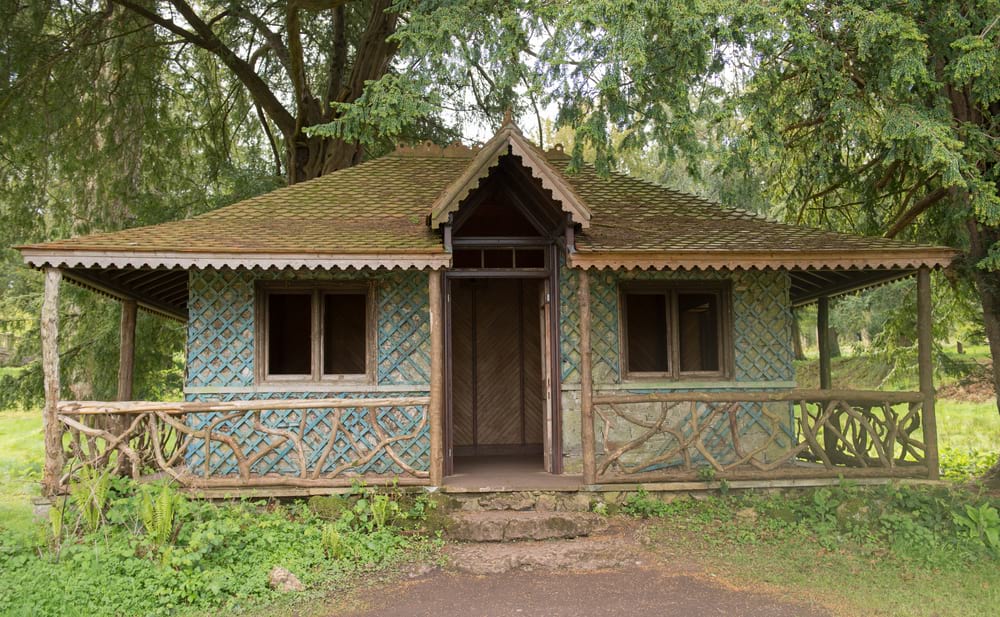
Summer houses are small buildings built in gardens that are used for leisure and shade during the summer.
They sometimes contain rooms for sleeping in and are often connected to gas, water and electricity.
Costs of summer houses
A typical price for a summer house is £12,000.
5. Greenhouses
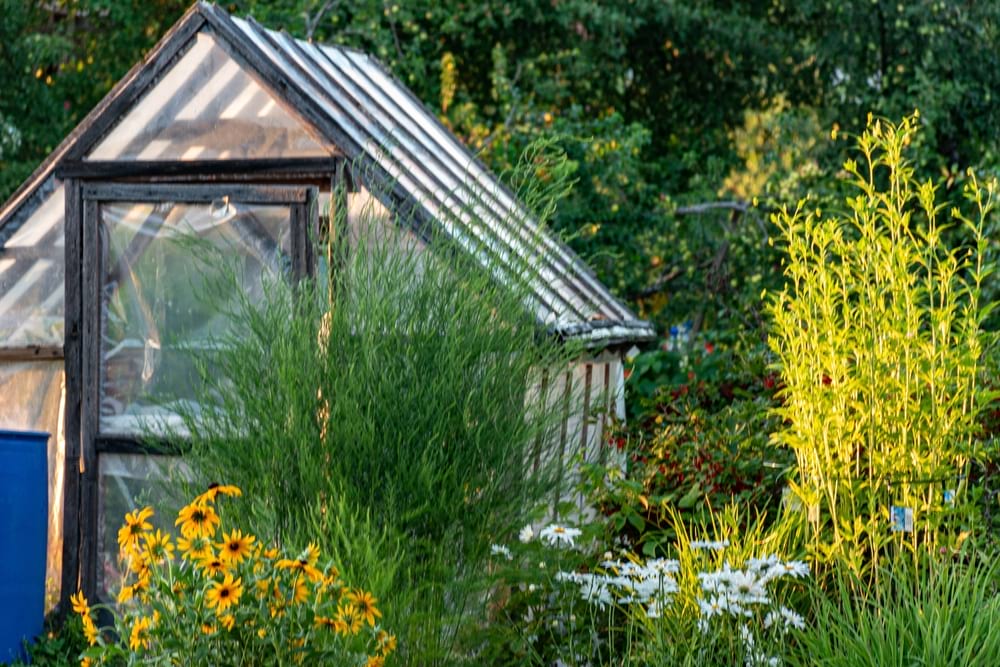
Greenhouses are structures with transparent roofs and walls used for storing flowers, vegetables, fruit, and other plants.
Cost of greenhouses
Small greenhouses can cost between £300 – 1000. A larger, more sophisticated one may cost around £3,500 in materials and construction.
6. Indoor swimming pools

In the most expensive properties, you may find outbuildings with an indoor swimming pool.
They are relatively rare elsewhere as most people prefer to have outdoor pools.
Cost of indoor swimming pools
This is undoubtedly one of the most expensive types of outbuilding.
Much of the expense comes with the installation, but maintenance can also be costly.
Outdoor swimming pools can cost anywhere between £20,000 – £150,000, depending on size.
The cost of an indoor pool will be overlap with this range but also be higher on average.
It ultimately depends on whether the pool is installed in an existing outbuilding or a new structure is being built for it.
Do outbuildings add value to a house?
Yes, outbuildings usually increase the value of your house.
Firstly, it gives extra square footage that you own. And it also offers additional functionality.
Remember that some people are more interested in certain outbuilding types than others.
Of course, you should consider whether the value it adds outweighs the cost it takes to build.
Also, if you didn’t get planning permission, when it was needed, it can devalue your house.
How much value do outbuildings add to a house?
Small outbuildings, such as a shed or greenhouse, add roughly 5% to your property’s value.
Medium outbuildings, such as a summer house or garage, add about 10% to your property’s value.
Large outbuildings, such as an indoor swimming pool or a barn, add approximately 20% to your property’s value.
So, if your house is worth roughly £500,000, an outbuilding can push your price range from £525,000 to £600,000.
The condition of these buildings is essential. Maintenance costs, including insurance, should be factored into decisions.
Advantages of your house having an outbuilding
Increased square footage
This improves the value of your house. And it also gives family members a place to stay.
You won’t all be cramped in your living space. It can create a better living environment and selling price.
Extra storage
You can store any number of items in your outbuilding.
This could be gardening machinery such as lawnmowers or larger objects like cars. Items from your house can go in there, too.
Improved functionality
You can use your outbuilding for any number of things. It could be a place to sleep, or it might be converted into a gym.
You can put a swimming pool in there or you can grow plants.
Disadvantages of your house having an outbuilding
Up-front cost
You’ll be looking at an up-front investment of several thousand pounds (at least) when you get an outbuilding.
And you can’t recoup this until you sell. So, you’ll need to save and oversee your costs to ensure it’s worth it.
Maintenance
There’s regular upkeep involved with owning an outbuilding. Don’t underestimate the time and expense involved with this.
The ‘hassle’ can turn some people off the idea.
Not to everyone’s taste
You can’t guarantee that everyone will like your outbuilding.
As surprising as it sounds, not everyone wants an indoor swimming pool or a greenhouse.
It adds extra hassle and maintenance. It’s impossible to please every potential buyer.
